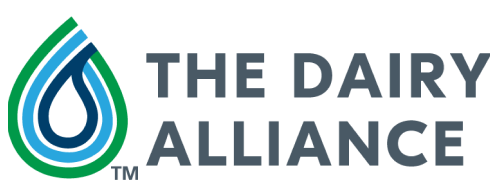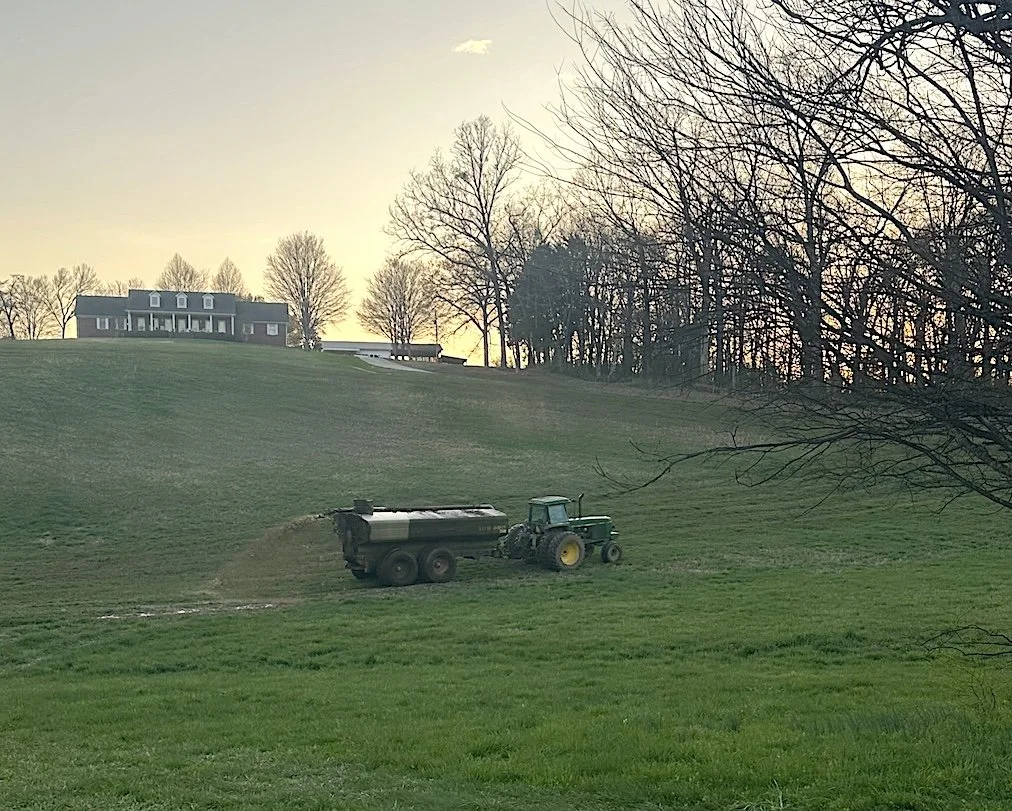Celebrating Environmental Progress in Dairy This Earth Month
Did you know the U.S. dairy’s greenhouse gas footprint is less than 2% of the nation’s total emissions? In addition to producing nutritious dairy foods, dairy farmers work hard to refine and implement sustainable practices to keep communities and the land they are on healthy. Celebrate Earth Month by showing support for our local dairy farmers who are doing their part to protect the planet we all share. Their sustainable practices provide us with nutritious dairy products and help to protect our soil, water, and environment.
Read on to see how some of the dairy farms in the Southeast region are working for the Earth.
Harmonyway Dairy Farm in Niota, Tennessee, recycles just about everything they can on the dairy to reduce the inputs needed to keep the farm running. Their cows’ manure is no exception. The barn is scraped four times a day to keep it as clean as possible for the cows and that manure is reused as a natural source of fertilizer for the crops that eventually become feed for the cows. Talk about a closed-loop system!
Another way dairy farmers work for a healthier environment is by making progress in cow feed, both in improving a cow’s diet and in finding sustainable ingredients.
While feed requirements for dairy cows vary, on average, a dairy cow may consume around 100 to 150 pounds of feed per day! At Lewis Family Farms in Ashford, Alabama, the dairy cows are fed a TMR, or Total Mixed Ration. This total mixed ration is formulated specifically for the needs of the cows and includes all the energy and nutrients they need to stay healthy and produce milk without wasting feed. Living on the outskirts of “the peanut capital of the world,” the farm incorporates peanut hulls, a byproduct of peanut processing, into the cows' TMR to reuse something that would otherwise be thrown into a landfill.
At Working Cows Dairy in Slocomb, Alabama, the cows are fed a nearly 100 percent forage-based diet by using an agricultural practice called rotational grazing. During the grazing season, the dairy cows consume nearly all their dry matter from pasture. The cows rotate pastures as soon as they have grazed most, but not all, of the previous area. This allows the regenerative process of the pasture to take place before they return. The native grasses, beneficial insects, earthworms, and soil microbes all come back better than before.
An increase in grass-based diets for cows requires careful management of pasture composition and forage production, soil fertility, and animal health. In Alabama, there is an abundance of native species of grass and other plants that contribute more to the ecosystem and require no artificial input to thrive. The farm also plants certain cover crops for the specific properties they contribute to the health of the soil.
In many ways, healthy grass means healthy cows and healthy dairy products for you to enjoy!
At Small Acres Dairy in Mills River, North Carolina, the mix of feed given to the cows consists of recycled ingredients. Most ingredients are sourced locally from other farmers, breweries, and cideries. The cows can eat parts of crops that are not used for human food sources such as pulps and peels from oranges, apple pomace from cider making, wet brewers’ grain from brewing beer, and fruits and vegetables deemed “too ugly” to sell to consumers. Now that is a successful upcycling program!








